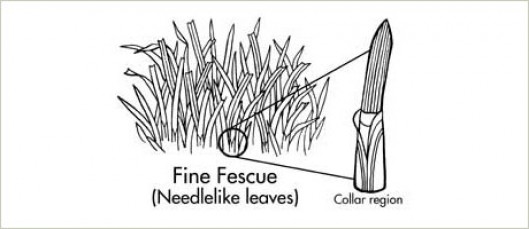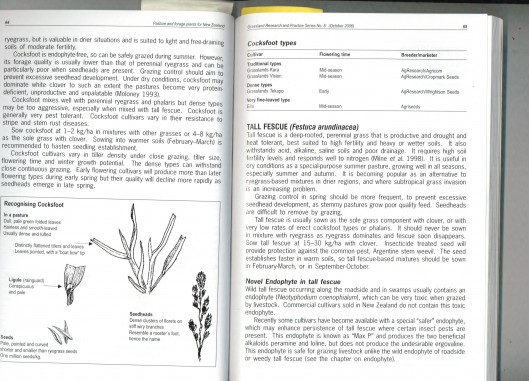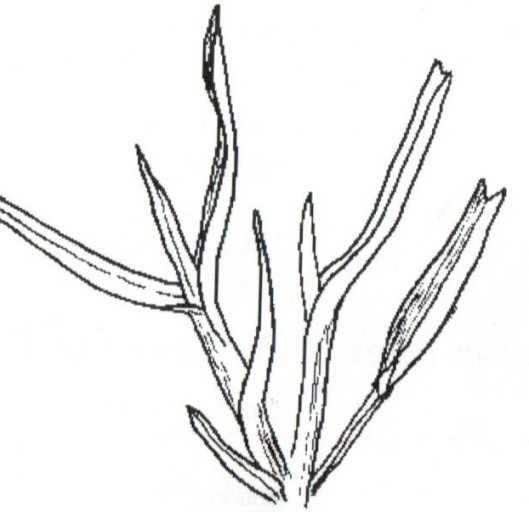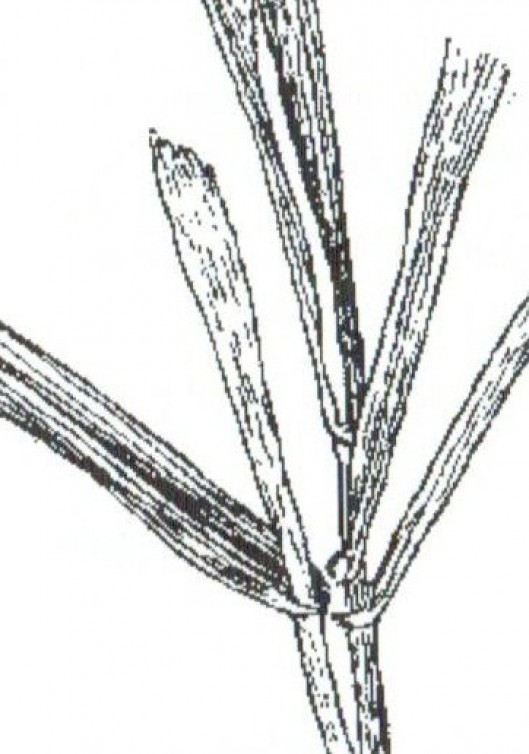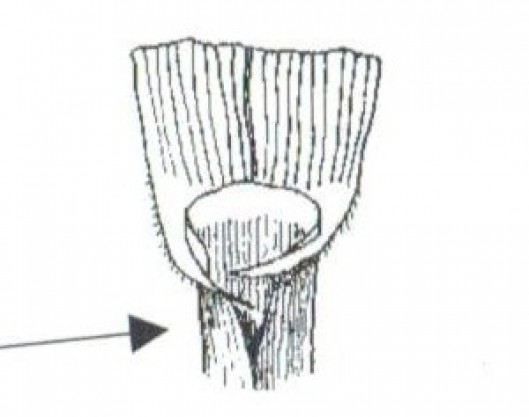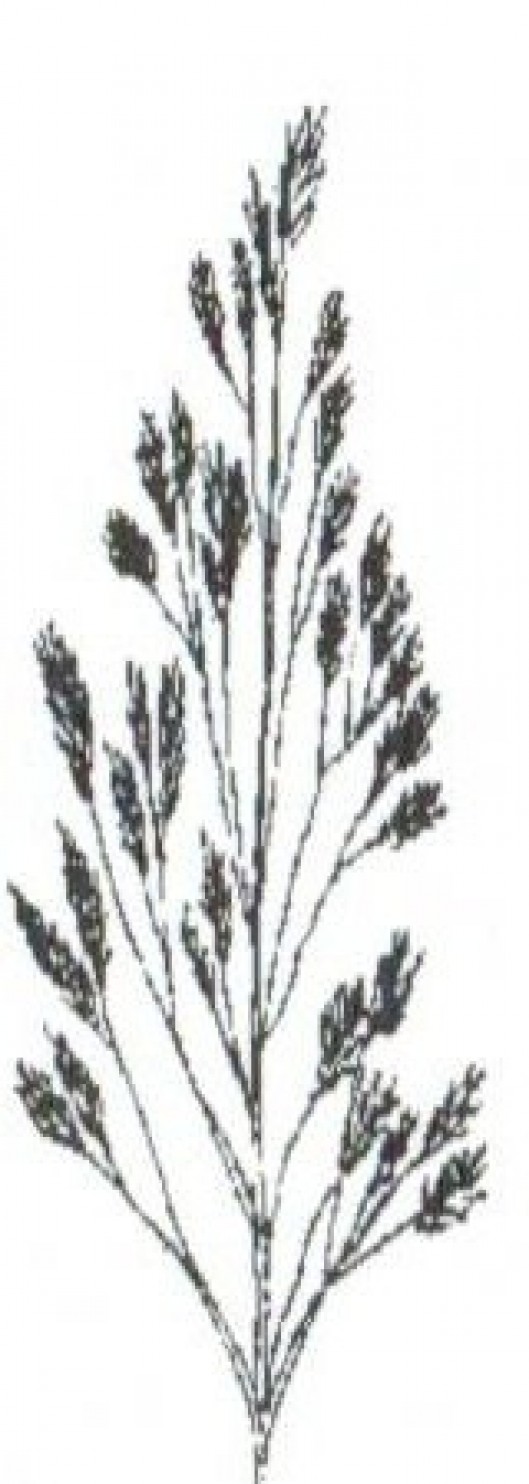Perennial winter active- summer dormant grasses
How about increasing the economic and ecological value of your vineyard, by sowing one of the following perennial pasture grasses together with a mix of legumes interrow between your vines? In this newsletter we are looking at two Mediterranean forage grass options suitable for interrow sowing in vineyards as an alternative to conventional amenity grass types.
Weed control through suppression
no or very little mowing during summer month necessary
quality feed for sheep and cattle in return for natural fertiliser
Plants take up excess water during wet winter month
Biomass production to increase organic matter
under good management, expect a persistent sward in years to come with no re-sowing necessary
Prosper tall Fescue is a winter active, summer dormant pasture grass we have stocked for some time now, because of its ability to produce high quality nutritive feed for sheep and cattle. Prospers erect growth and soft leaves are well accepted by stock. Due to its deep root system, it is adapted to a wide range of soils and suitable for low to medium rainfall areas. Prosper tall Fescue can also tolerate Marlborough`s annual rainfall over the win-ter month- short periods of waterlogging are no issue.
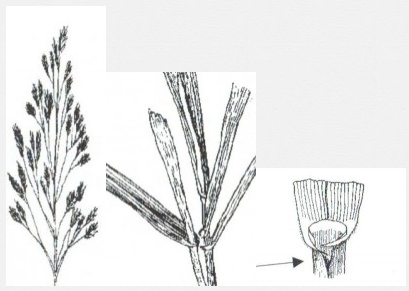
Pictures: Pasture and Forage plants for NZ, Charlton & Steward, 2006
Prosper tall Fescue establishes slow in its first year, so start grazing only when its root system is well developed and will not be pulled out of the ground by animals. During autumn and winter (non reproductive phase) graze in range 5-15 cm, during spring (reproductive phase) graze in range 3-10 cm. Always allow a rapid post- grazing recovery as this will keep the grass palatable and encourages companion legumes to grow.
Upland Cocksfoot, is new to the NZ Market, also an autumn and winter active pasture grass with some activity during summer. Originally collected in Spain Uplands is perfectly adapted to seasonal summer droughts as well winter frosts. It prefers well drained soils with a moderate to high fertility . It`s deep root system finds nutrients deep down in the ground and transforms it into high protein and high value forage with excellent digestibility.
Uplands can be sown from end summer to late autumn but will establish slower in cooler month, once established, Upland can tolerate persistent close grazing by sheep. Excellent companion plant to legumes.
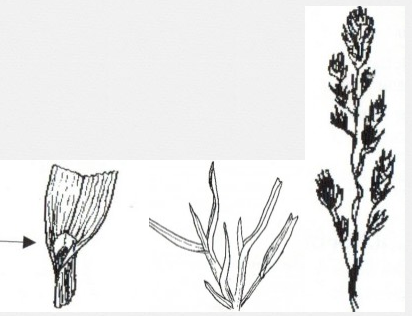
Pictures: Pasture and Forage plants for NZ, Charlton & Steward, 2006
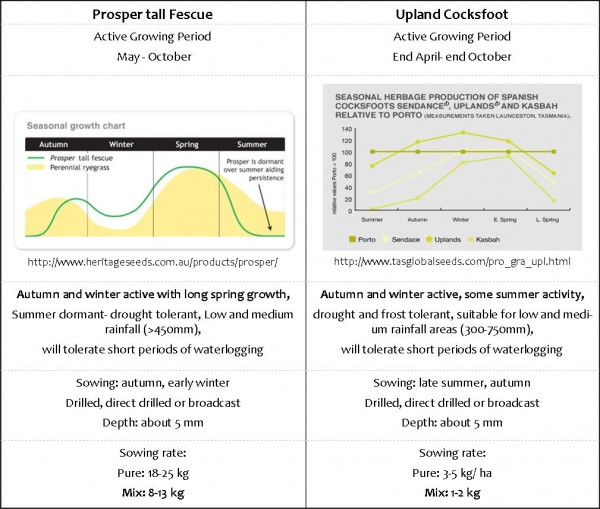
Legumes are great companions for perennial grasses!
Both Prosper tall Fescue and Uplands Cocksfoot can and should be mixed with annual and perennial legumes, suitable for your conditions. Legumes, such as clover fix Nitrogen for free!
Fescue, cocksfoot as well as vines rely on sufficient N in the soil for healthy growth and sheep & cattle love legumes too.
Go to our dryland pasture site and find out more about legumes species suitable for our region.
